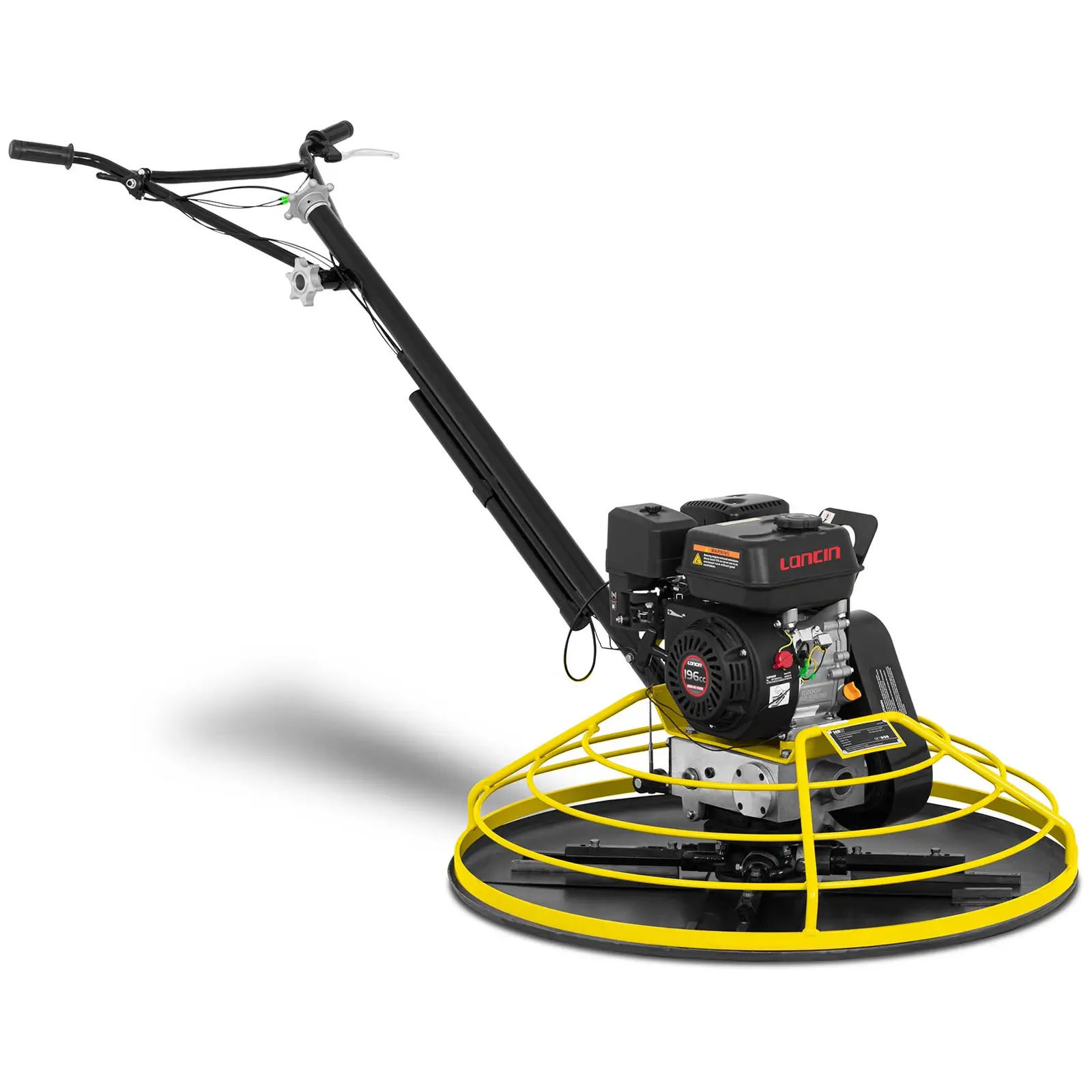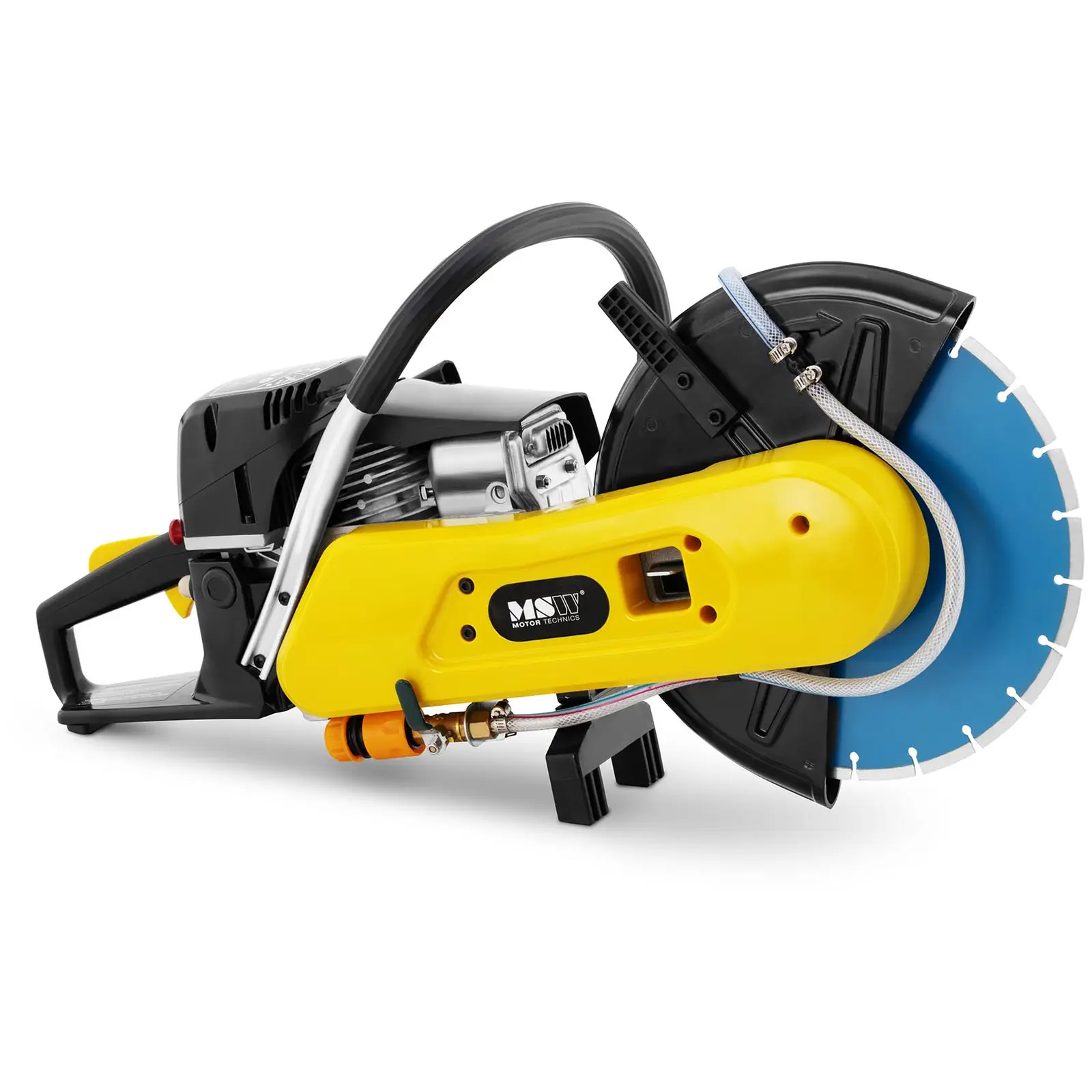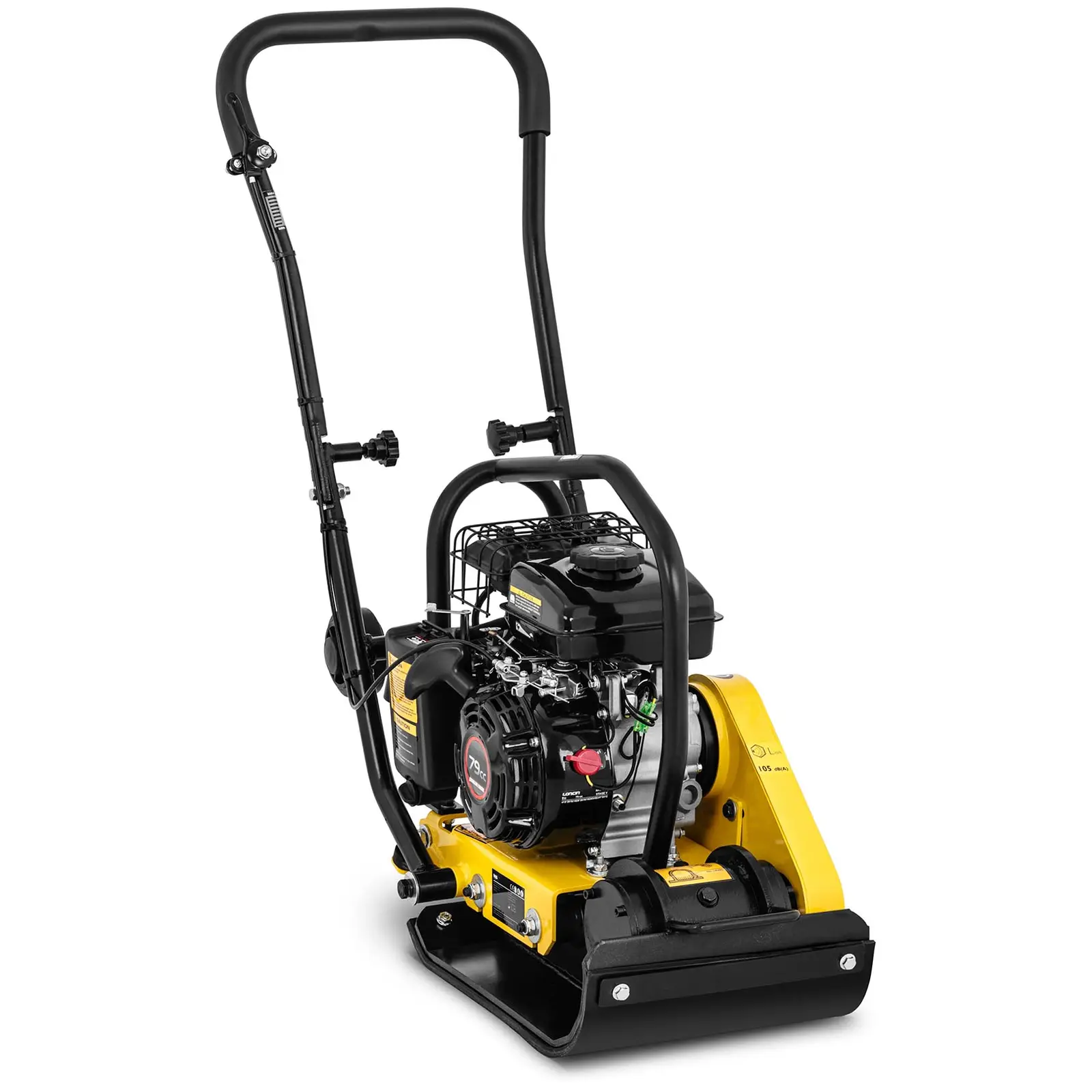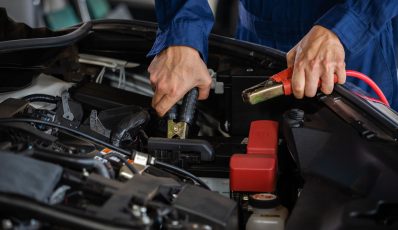A good way to avoid problems with domestic sewage is to build an ecological septic tank. Such a solution is popular especially on plots without access to a traditional sewage system. What exactly is an ecological septic tank? How does it work and what are the advantages? Read on to find out.

A good way to avoid problems with domestic sewage is to build an ecological septic tank. Such a solution is popular especially on plots without access to a traditional sewage system. What exactly is an ecological septic tank? How does it work and what are the advantages? Read on to find out.
Ecological septic tanks and other septic tanks
As mentioned earlier, ecological septic tanks are a popular solution. However, many people wonder if it is a better investment than a traditional septic tank. The first thing you should know is that traditional solutions carry certain threats to the natural environment. The problem is often with the tanks themselves, which in the majority of cases turn out to be insufficiently airtight.
Domestic wastewater can easily seep into the ground, contaminating and polluting the groundwater. Choosing an ecological septic tank is therefore a safer solution. Its tanks are not only airtight, but also resistant to mechanical damage and damage caused by processes taking place in the soil.
Ecological septic tanks are built in such a way as to survive even several dozen years, while maintaining their full functionality.
What is an ecological septic tank?
So what is an ecological septic tank? It is a common name for a domestic sewage treatment unit with a drainage system. The two main components are the septic tank and the drainage system, which is mounted behind the settling tank. As in the case of a biological wastewater treatment unit, an ecological septic tank enables the process of anaerobic and aerobic waste treatment. The only difference is that they do not occur in the same place.
The anaerobic treatment process takes place in the septic tank, where the sewage is passed through a special filter. They are then directed to the infiltration drain, where they are subjected to another purification process, this time with oxygen. The result is sewage that is completely safe for the environment. Hence they are called ecological septic tanks.
How does an ecological septic tank work?
You now know the main elements of ecological sewage treatment units. You also know roughly what wastewater treatment is based on. So let’s take a closer look at how these types of solutions work. To begin with, by slowing down the flow, wastewater entering the settling tank is protected from undesirable movement inside the tank. This is also where sedimentation takes place, i.e. wastewater particles fall to the bottom of the settling tank, where they are deposited and subjected to the effects of anaerobic bacteria.
As a result, impurities are broken down into substances that dissolve in water. At the same time a layer of foam is formed on the surface of the wastewater as a result of fermentation. It is equipped with bulkheads dividing it into several separate chambers. With asymmetrical T-pieces, the flow time of the wastewater is considerably longer and, as a result, it remains in the individual chambers for a longer period.
As a result, even 65% of sewage treatment is achieved. What about the gases produced during fermentation? They are discharged through the decompression opening into so-called high ventilation. However, in order for the thrust to work properly, you must ensure the correct diameter of the ventilation, which absolutely must be the same throughout.
The wastewater is discharged into the ground via a drainage system. This is where nitrification, i.e. the anaerobic purification process, takes place. A good way to supply oxygen to the drain is to use an inspection-aeration well.
Ecological septic tanks: pros and cons
When building an ecological septic tank you should consider the pros and cons. Before making any decision, you should know that this type of construction is not only very airtight, but also resistant to corrosion and soil pressure. In addition, the material the tanks are made of in this type of septic tank does not undergo degradation under the influence of processes occurring in the soil. So if everything is installed according to the requirements, there should be no threat to the environment.
An advantage of an ecological septic tank is also that there is no need to connect it to the sewage system. It is therefore ideal for homes far from urban areas. It is also a favourable solution for households that produce a relatively small amount of wastewater or where wastewater is produced on a seasonal basis – for example holiday resorts that operate during the holiday season.
An ecological septic tank is a good option for places with a relatively small amount of land, as the area dedicated to this type of solution only requires space for the wastewater collection tank. Compared to a home sewage treatment unit an ecological septic tank is a much less expensive solution and does not require such significant interference with the architecture of your land.
A significant disadvantage compared to a traditional septic tank is that an ecological version will be more expensive. This is mainly due to the fact that better quality material is used. Of course, there is also the risk that design flaws will become apparent when using an ecological septic tank. In such cases you could be exposed to unpleasant odours, or even sewage leaking from the tank.
The last potential disadvantage is that you will need permission to build an ecological septic tank, so you should make a decision on the matter before starting to build a new house. Information about the chosen solution can be included in the building permission application.
Whether you are just planning the different stages of building a house, or want to equip your existing property with an ecological septic tank, there is one thing you should bear in mind. When applying for permission remember to add a sketch of the location of the septic tank, together with a detailed technical description.
The necessary tools for the construction of an ecological septic tank
The construction of an ecological septic tank could of course be carried out by a company specialising in such services. However, there is nothing to stop you from doing this type of work yourself. Do to so, however, you will need not only the appropriate knowledge, but also tools necessary for each stage of construction.
Professional construction equipment will be needed to dig a hole and, once the tanks have been placed in the ground, to harden it or decorate it with paving stones. It could also be a good idea to build a path to the place where the tanks are buried. Depending on the type of ground, spirit levels, spades, shovels, petrol pile drivers and soil compactors will come in handy.
An ecological septic tank – summary
Environmentally friendly solutions are a topic of increasing importance to society. For this reason, as well as the other advantages, sewage treatment units are becoming increasingly popular for domestic use. The two-stage treatment process (anaerobic treatment and aerobic treatment) means wastewater entering this type of plant can be safely discharged into the ground, thus posing no risk to the environment.
Ecological septic tanks are made of a material resistant to corrosion and other processes taking place in the ground, so they can stay fully functional for many years .This is, of course, provided that they have been properly installed and are free of technical defects.
When deciding to install an ecological septic tank, remember about obtaining relevant permission.











Share